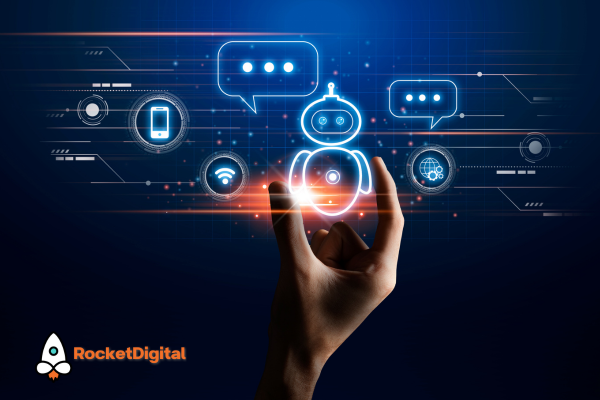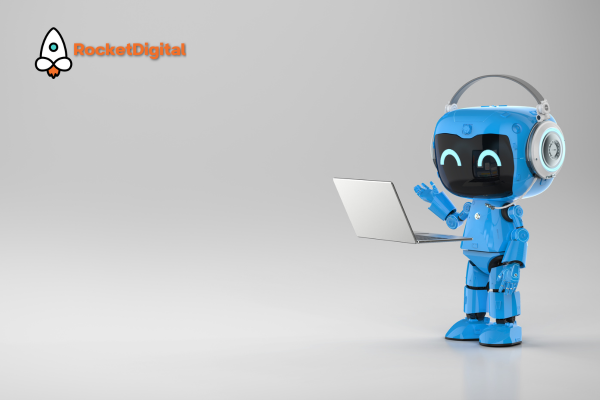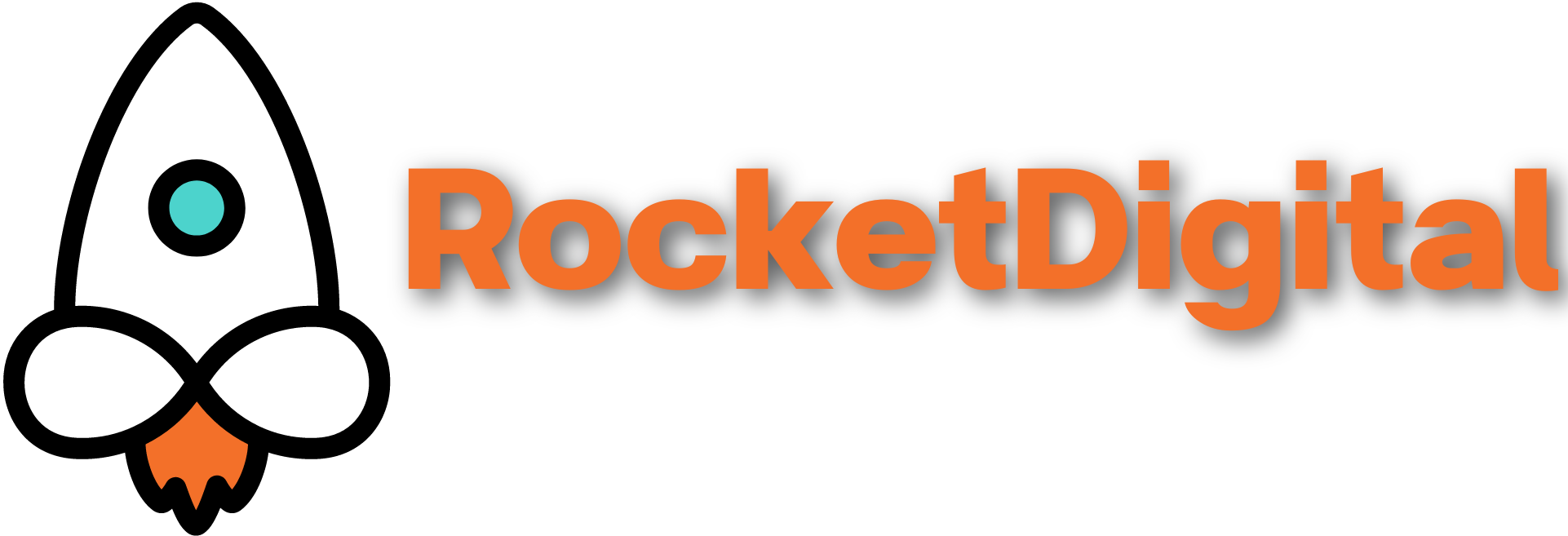
Enhancing UX: A Guide to AI Chatbot Integration
Integrating AI chatbots into your digital platforms can revolutionize the way you engage with users, offering personalized and instant support round the clock. These smart assistants become more efficient with each interaction, ensuring your users always get immediate and relevant answers to their queries. It's crucial to design your chatbot with an intuitive interface and a personality that resonates with your brand, ensuring it's both helpful and engaging. By making your chatbot easily accessible yet unobtrusive, you set the stage for a significantly enhanced user experience. Stick around, and you'll discover even more ways to make this innovative tool work wonders for your users.
Key Takeaways
- Integrate AI chatbots seamlessly to offer 24/7 instant support, improving user response times.
- Design chatbots with an intuitive interface and a personality that matches your brand voice for a better user experience.
- Train chatbots to handle a wide range of inquiries, ensuring they provide clear, relevant, and concise responses.
- Utilize feedback mechanisms to continuously refine the chatbot's performance, enhancing personalization and relevance in interactions.
- Monitor user satisfaction and interaction metrics regularly to assess and improve the chatbot's impact on the user experience.
Understanding AI Chatbots
AI chatbots, driven by artificial intelligence, are transforming how users engage with digital platforms, offering personalized and instant support. You're no longer just a visitor on a website; you're a guest, with your needs anticipated and catered to in real-time. Imagine typing a question and receiving an immediate, relevant response. That's the power at your fingertips, simplifying interactions and streamlining your experience.
But it's not just about asking and answering. These AI-powered assistants learn from each interaction, becoming smarter and more efficient. You don't have to worry about them misunderstanding your questions over time. Instead, they adapt and evolve, ensuring they meet your expectations more accurately with every conversation.
Integrating these chatbots into your digital experience isn't just about following a trend. It's about acknowledging that the way people seek information and support has fundamentally changed. You expect quick, easy, and effective solutions, and AI chatbots are equipped to deliver just that. They're not just tools; they're your gateway to a more intuitive and satisfying digital journey. So, as you navigate various platforms, remember that these chatbots are there to enhance your experience, making every interaction smoother and more enjoyable.

Benefits of Chatbot Integration
Integrating chatbots into your digital experience significantly improves response times, ensuring you receive instant support whenever you need it. This seamless interaction not only enhances your satisfaction but also elevates your perception of the brand. By having a chatbot ready to address your queries 24/7, you're never left waiting for business hours for a response. This around-the-clock availability is crucial in today's fast-paced world where immediate gratification isn't just desired; it's expected.
Moreover, chatbots can handle multiple interactions simultaneously, which drastically reduces waiting times for users. This efficiency means you spend less time in queues and more time enjoying services or getting the help you require. Additionally, chatbots are designed to learn from interactions, improving their ability to serve you better over time. This learning capability ensures that the more you use the service, the more tailored and relevant the responses become.
Another key benefit is the personalization aspect. Chatbots can remember your preferences and past interactions, making your experience more personalized and relevant. This level of individualized service fosters a stronger connection between you and the brand, enhancing your overall experience and satisfaction.
Designing Your AI Chatbot
When designing your AI chatbot, it's crucial to focus on creating an interface that's intuitive and user-friendly. This means that you'll need to think carefully about the chatbot's personality and tone. It should match your brand's voice and resonate with your target audience. If your brand is more formal, a professional tone might work best. However, if you're targeting a younger audience, a casual, friendly tone could be more engaging.
You also need to consider the types of questions your chatbot will answer and how it will handle requests it can't fulfill. Planning for a wide range of inquiries ensures your chatbot can provide helpful responses or guide users to the right resources, even if it doesn't have all the answers.
Moreover, simplicity is key. Ensure your chatbot's responses are clear and concise. Users should feel like they're having a smooth conversation, not decoding complex instructions. Incorporate quick replies or buttons for common questions to streamline interactions.
Lastly, don't forget about feedback mechanisms. They're essential for identifying issues and refining your chatbot's performance. Incorporating a simple way for users to rate their experience or report problems helps you continuously improve the chatbot, enhancing user satisfaction over time.
Implementing Chatbots Effectively
After designing your AI chatbot with a user-friendly interface and the right tone, it's time to focus on how to implement it effectively in your UX design for maximum impact. You've got to seamlessly integrate it into the customer journey, ensuring it's easily accessible but not intrusive.
Start by identifying key touchpoints where users might need assistance or could benefit from engagement. This could be on your homepage, within your help center, or during the checkout process. Next, ensure your chatbot is visible without overshadowing the content your users came for. A floating chat icon on the bottom corner of the screen is a popular and effective choice. It's there when needed but out of the way when not.
You'll also want to make sure your chatbot can handle a variety of user queries by training it with a wide range of questions and responses. This training helps it learn and improve over time, making it more helpful and less frustrating for your users.
Lastly, don't forget to introduce your chatbot to users. A brief explanation of how it can help them during their visit can go a long way in encouraging engagement and improving their overall experience.

Measuring Success and Impact
To gauge the effectiveness of your AI chatbot integration, you'll need to regularly monitor its impact on user experience and satisfaction. Start by tracking key performance indicators (KPIs) such as response time, resolution rate, and user satisfaction scores. These metrics will give you a clear picture of how well your chatbot is meeting user needs.
Don't overlook the importance of feedback loops. Encourage users to rate their interactions and provide comments. This direct feedback is invaluable for identifying areas where your chatbot excels and where it falls short. You'll find that users often highlight issues you hadn't considered, offering a fresh perspective on your chatbot's performance.
Additionally, analyze chat logs for patterns and common questions. This can help you understand what users are looking for and how effectively the chatbot provides it. If you notice recurring questions or topics, it may indicate a gap in your chatbot's knowledge base or a UX issue that needs addressing.
Frequently Asked Questions
Can AI Chatbots Replace Human Customer Service Representatives Entirely?
No, AI chatbots can't entirely replace human customer service reps. They're great for efficiency and handling simple queries, but you'll still need humans for complex issues and that personal touch in your service.
How Do AI Chatbots Handle Multiple Languages and Dialects to Ensure Inclusivity in Ux?
AI chatbots handle multiple languages and dialects by incorporating advanced natural language processing techniques, ensuring you're not left out regardless of your language, making your experience more inclusive and tailored to your needs.
What Are the Ethical Considerations in Collecting and Using Personal Data Through AI Chatbots?
You need to consider privacy laws and user consent when collecting personal data through AI chatbots. It's crucial to ensure data security and transparency about how you use and store this information.

Conclusion
You've now explored the transformative power of AI chatbots in UX design, from understanding their workings to measuring their impact. Remember, integrating these digital assistants isn't just about tech flair; it's about creating a more intuitive and engaging experience for your users.
As you blend chatbots seamlessly into your platform, you're setting a new standard for user interaction. Keep refining, keep measuring, and watch as your platform becomes not just user-friendly, but a user-first environment where every interaction counts.
Ready to elevate your user experience with AI chatbot integration?
CloseBot from Rocket Leadsuite—your 24/7 virtual sales assistant. Never miss a lead again! We can automates inquiries, bookings, and customer interactions—day or night—so you can close more deals without adding extra staff.
Don't let opportunities slip away. Transform your customer engagement today with Rocket Leadsuite!
